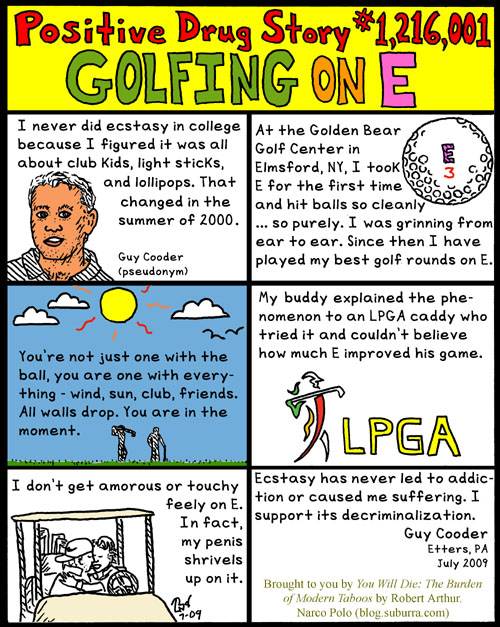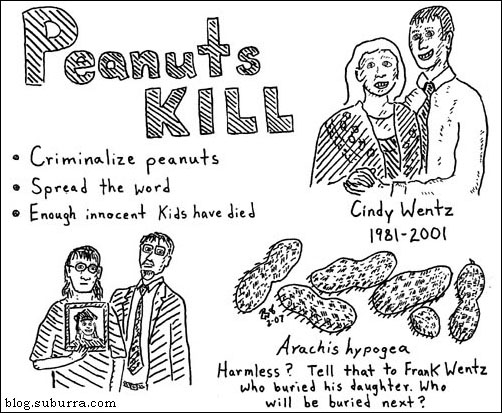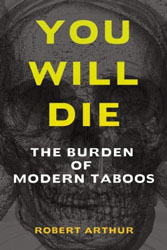Positive Drug Story #1,216,001: Golfing on E
Posted: July 11th, 2009 | Filed under: DEA, drugs, ecstasy, legalization, media bias | 2 Comments »
The biochemist, Alexander Shulgin, first reported MDMA’s beneficial effects in a journal article in 1978. MDMA, or ecstasy, creates empathy in its users and has exhibited great potential as a psychotherapy tool. Shulgin himself enjoyed using it to loosen up and relate to others at social gatherings.
Despite the fact psychologists and psychiatrists championed its value in therapy, when young adults started using it as a club drug in the 1980s the DEA made it a Schedule I Drug. This classification is supposed to be restricted to drugs with high abuse potential and no acceptable medical uses. [MDMA has no addiction potential. (Gahlinger, p. 338)] A DEA pharmacologist has admitted the DEA wasn’t even aware psychiatrists were using MDMA for treatment. In other words, they did not bother to research the drug before deciding to throw adults in prison for its possession.
The mass media proceeded to jump on the “all recreational drugs are evil” bandwagon by portraying ecstasy as a drug that leads kids to crazy casual sex and death. MDMA causes empathy not increased libido. The fallacy of it being a sex drug is obvious for many men as Cooder notes in the above cartoon. For the gross exagerration of its deadliness see the previous post, “Deadly Nuts: If Peanuts Were Portrayed Like E.”
As Jacob Sullum wrote in Saying Yes, “Like LSD, [MDMA] became illegal because too many people started to enjoy it.” (Sullum, p. 171)
To preempt MDMA destroys your brain comments, here is a link to Shulgin’s response and a 2006 journal article link disproving the brain damage theories.
Request for Positive Drug Stories
If you have a positive drug story that is either unique, humorous, or interesting; and are willing to have it told through illustrations please contact me at rob@suburra.com. Anonymity is respected.
Sources:
1. Paul Gahlinger, Illegal Drugs (2001).
2. Jacob Sullum, Saying Yes (2003).




